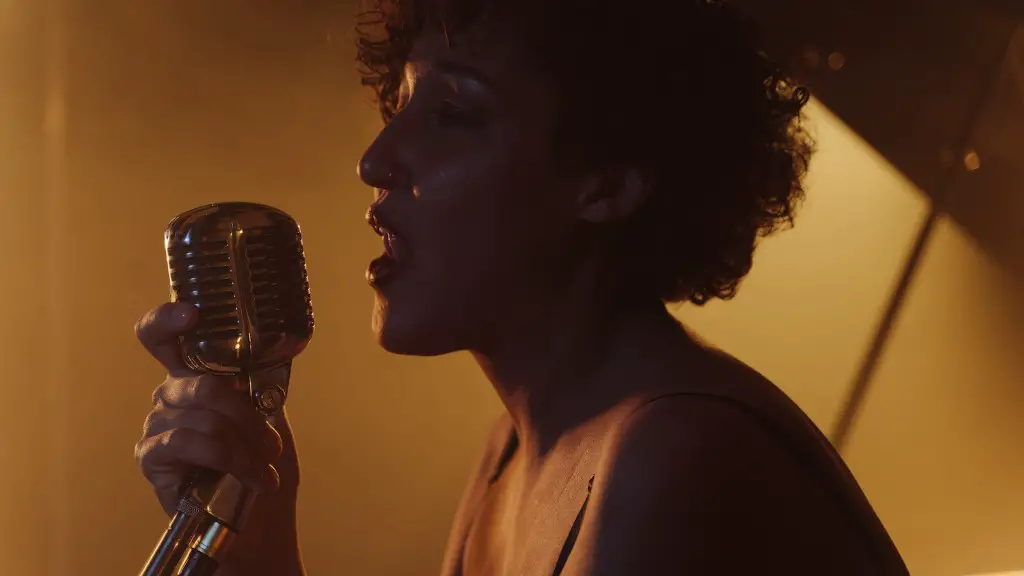How To Draw Flower Petals
Flower petals are some of the most visually pleasing elements to draw. From delicate daisies to bold and beautiful roses, drawing flower petals can be an incredibly rewarding experience. But it’s also a tricky process – if you don’t get it right the first time, you’ll likely end up drawing endlessly and never get anywhere. That’s why we’ve compiled this comprehensive guide to help you draw flower petals to perfection.
Things You’ll Need
Before you start your petal drawing, you’ll need to make sure you have the necessary tools. A pencil, an eraser, and paper are the basics, but you’ll also need:
- Colored pencils/markers (optional)
- A fine-tip paintbrush with poster paint (optional)
- Drawing pencils in various grades (optional)
- Colored ink pens (optional)
Steps To Follow
Drawing flower petals requires both skill and practice. Here are the steps to follow:
1.Start by sketching a basic shape to approximate the flower petal you’re trying to draw. This can be a circle, oval, or even an amoeba-like blob. You can also look to other flower petal shapes as reference points.
2.Focus on the petal’s texture. If the petal is supposed to be fluffy or bubbly, draw this in lightly with a pencil. If it’s supposed to be smooth, draw with a fine-tip paintbrush and poster paint.
3.Fill in any details that are necessary for the flower’s petal. This can be anything from a few lines to add depth to small dots that represent pollen grains.
4.Use colored pencils or markers to shade in the petal.
5.Re-examine the petal from multiple angles. If the petal looks off or wrong in any way, adjust accordingly.
6.Once you’re happy with the general shape of the petal, use a white gel pen or colored ink pens to add highlights and define any lines (optional).
Advanced Tips
Once you’ve master the basics of drawing flower petals, here are some advanced tips to help you hone your skills even further:
1.Use drawing pencils of varying grades depending on the type of petal you’re drawing. Harder pencils are better for detailed line work, while softer pencils are great for soft and thick lines.
2.Experiment with different textures and shading techniques. The more you experiment, the more second nature these techniques will become.
3.Focus on the flower’s anatomy. Observe the way the petal connects and curves, the amount of space between each petal, and even the way the petal is attached to the stem.
4.Don’t be afraid to try out different pen/pencil/paint combinations. Sometimes, a seemingly odd pair of supplies can actually produce the most beautiful results.
5.Practice, practice, practice. The more you draw flower petals, the easier it will become.
Detailed Visual Examples
Now that you know the basics, here are some examples of more detailed and advanced petal drawing techniques. In this section, we’ll look at how to draw a rose petal:
1.Google or find reference images of rose petals to get an idea of their shape and form. Use this as a guide to begin the sketch.
2.Start by adding the general outline and shape of the petal. Make sure to keep it simple and light.
3.Now, begin adding details to the petal. This can be anything from lines, to dots, to subtle shading techniques.
4.Add texture to the petal using a pencil or a fine-tip paintbrush.
5.Begin adding color to the petal. This can be anything from pastels to vivid markers.
6.Rework the petal until it looks exactly how you want it. Add highlights and lighter shading to give the petal added depth.
Conclusion
Drawing flower petals can seem intimidating at first, but with a bit of practice and some handy tips, it can be quite simple. All you have to do is equip yourself with the necessary tools, practice the steps outlined in this guide, and then experiment with your own techniques. Soon enough, you’ll be creating beautiful flower petals in no time!
